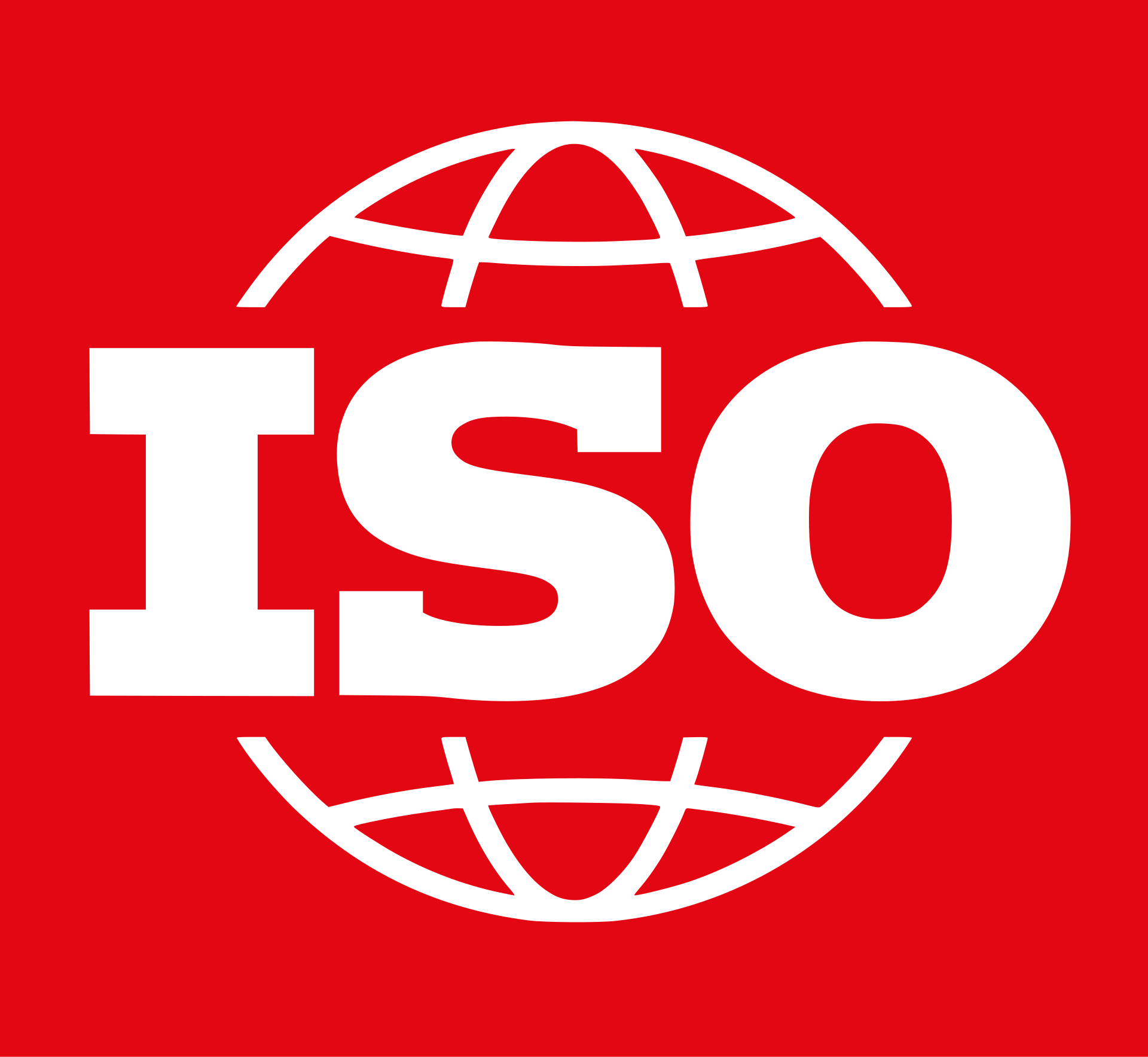ISO/IEC 27400
ISO/IEC 27400, titled "Internet of Things (IoT) – Security and privacy for the IoT," is an international standard that provides guidelines for IoT security and privacy, including considerations for the design, development, implementation, and use of IoT systems and services.

Definition and purpose
The purpose of ISO/IEC 27400 is to address the specific security and privacy challenges posed by the IoT. The standard aims to guide organizations in protecting IoT systems against potential vulnerabilities and threats while ensuring users' privacy. It encompasses various aspects such as data protection, device security, and communication security within IoT ecosystems.
Governing Body
ISO/IEC 27400 is developed and maintained by the International Organization for Standardization (ISO) in collaboration with the International Electrotechnical Commission (IEC).
Last updated
ISO/IEC 27400 was published in 2022.
Applies to
ISO/IEC 27400 applies broadly to organizations involved in the design, development, implementation, or operation of IoT systems and services. This includes industries like consumer electronics, healthcare, smart cities, manufacturing, and transportation, among others.
Controls and requirements
While the specific controls and requirements of ISO/IEC 27400 would be detailed in the standard, they likely include aspects such as:
- IoT Device Security: Guidelines for the secure design and development of IoT devices.
- Data Protection and Privacy: Measures for safeguarding personal and sensitive data collected and processed by IoT devices.
- Network Security: Protecting communications between IoT devices and networks.
- Identity and Access Management: Ensuring proper authentication and authorization mechanisms for IoT systems.
- Security Management: Strategies for ongoing security monitoring and incident response.
Please refer to the official ISO/IEC 27400:2022 documentation for details on controls and requirements.
Audit type, frequency, and duration
Audits would likely involve assessing compliance with the standard's guidelines, examining IoT security and privacy practices. The frequency of audits or assessments would depend on the organization's risk management strategy, changes in the IoT ecosystem, or regulatory requirements.
The duration would vary based on the size and complexity of the IoT systems, the scope of the audit, and the depth of compliance evaluation required.